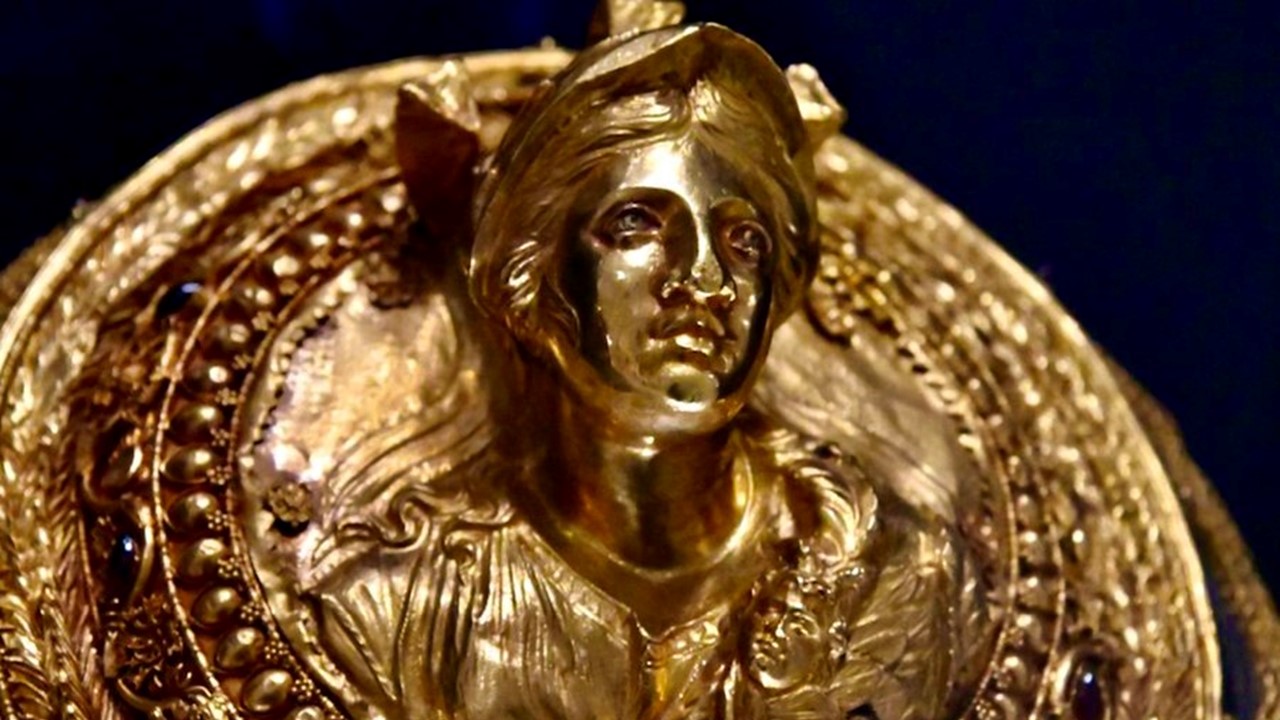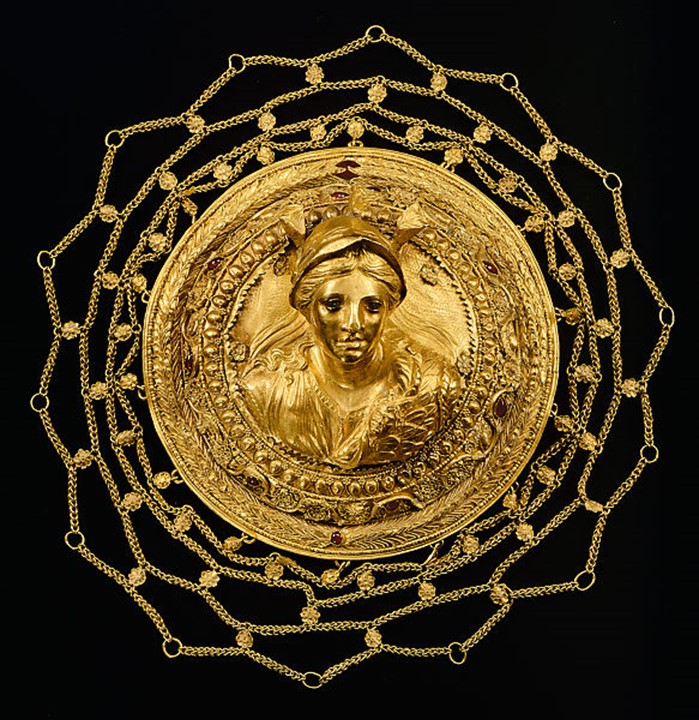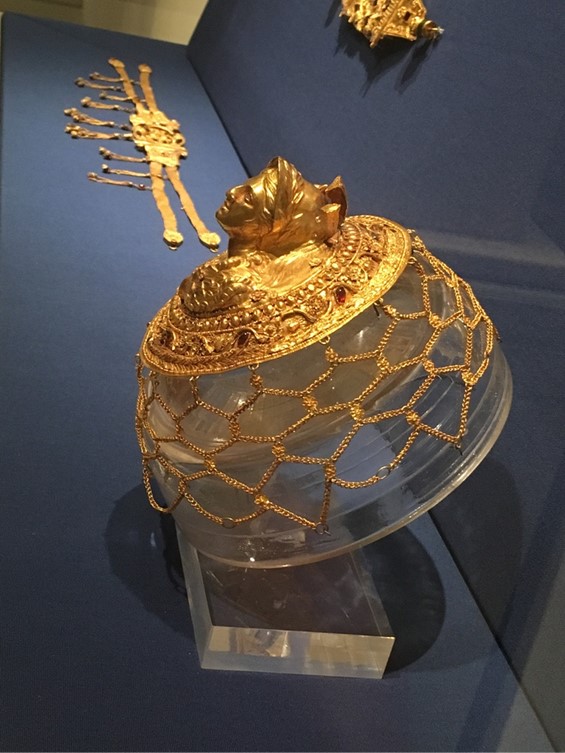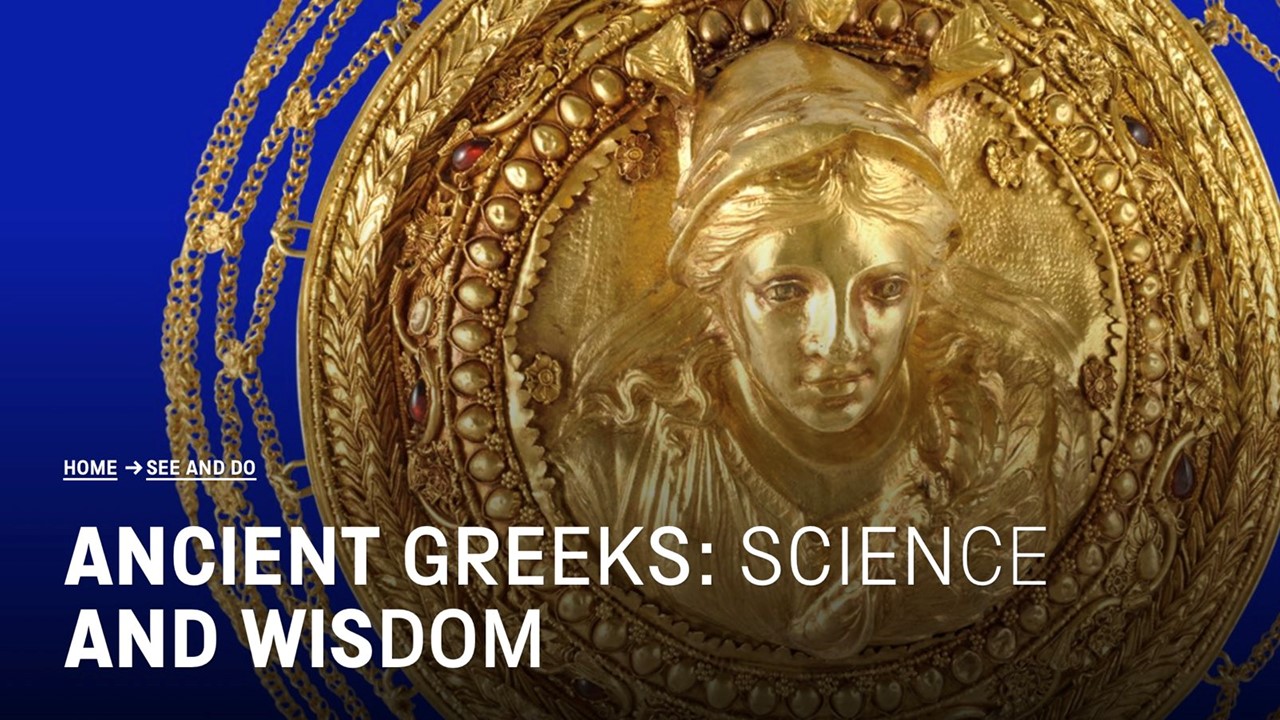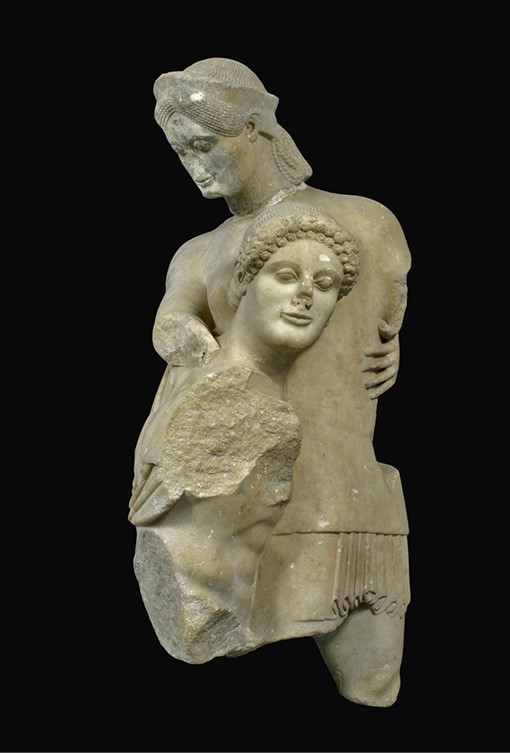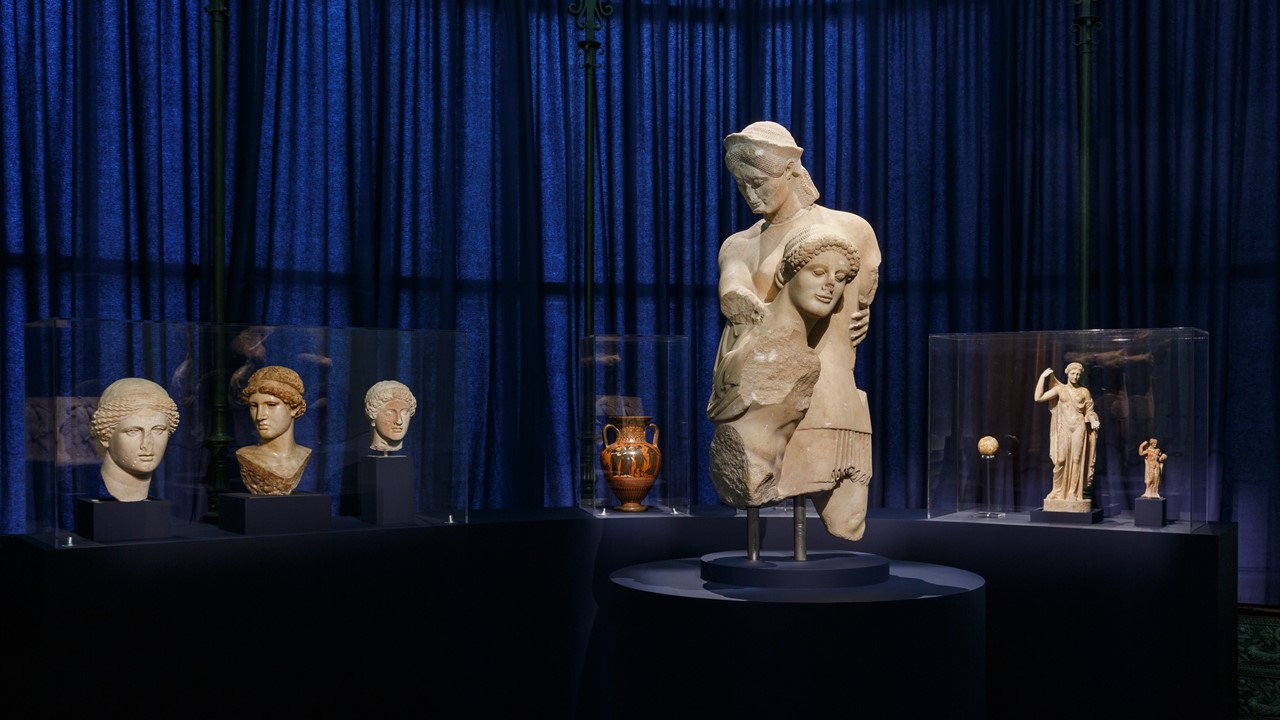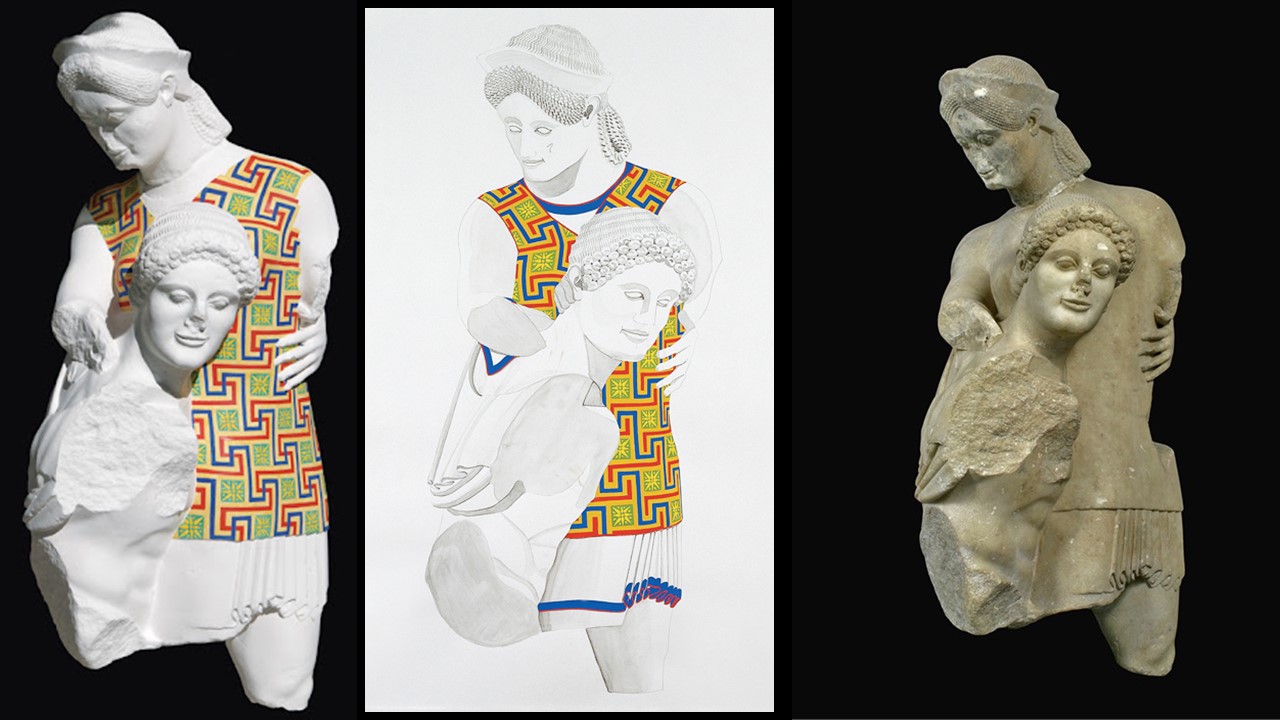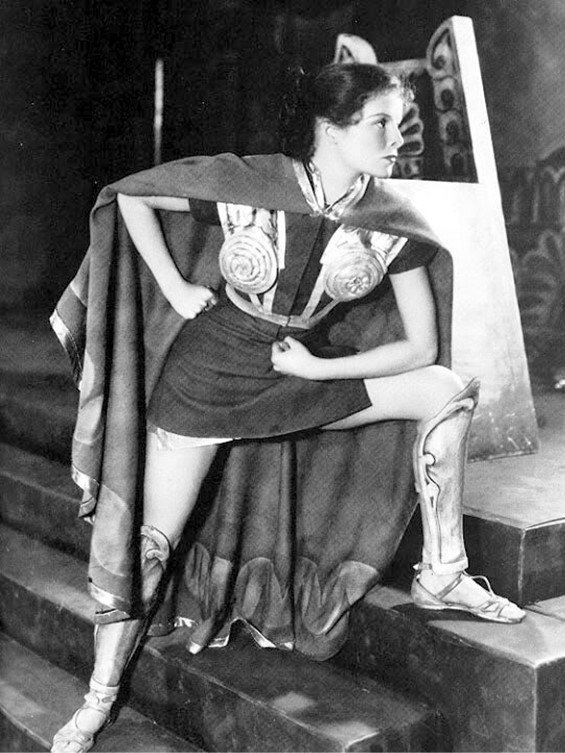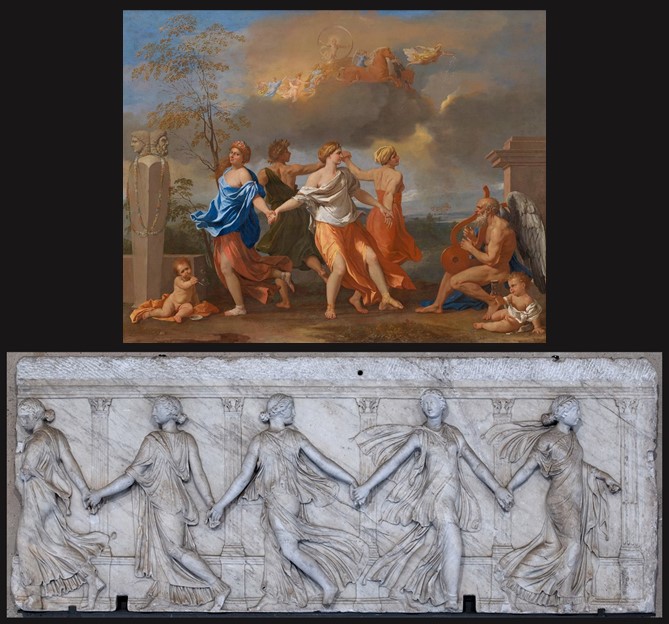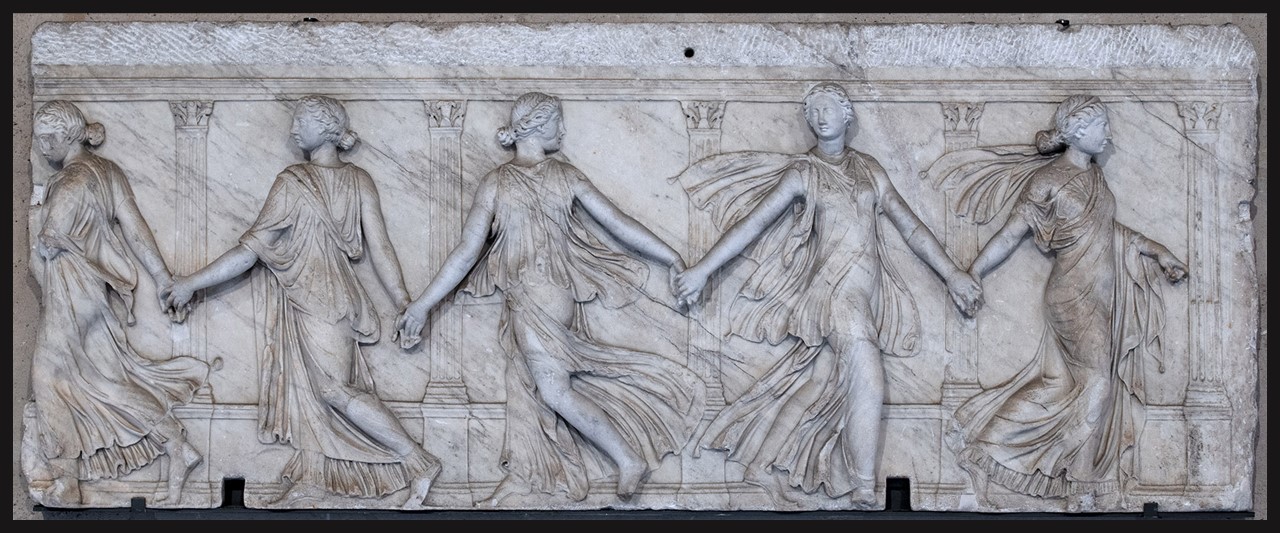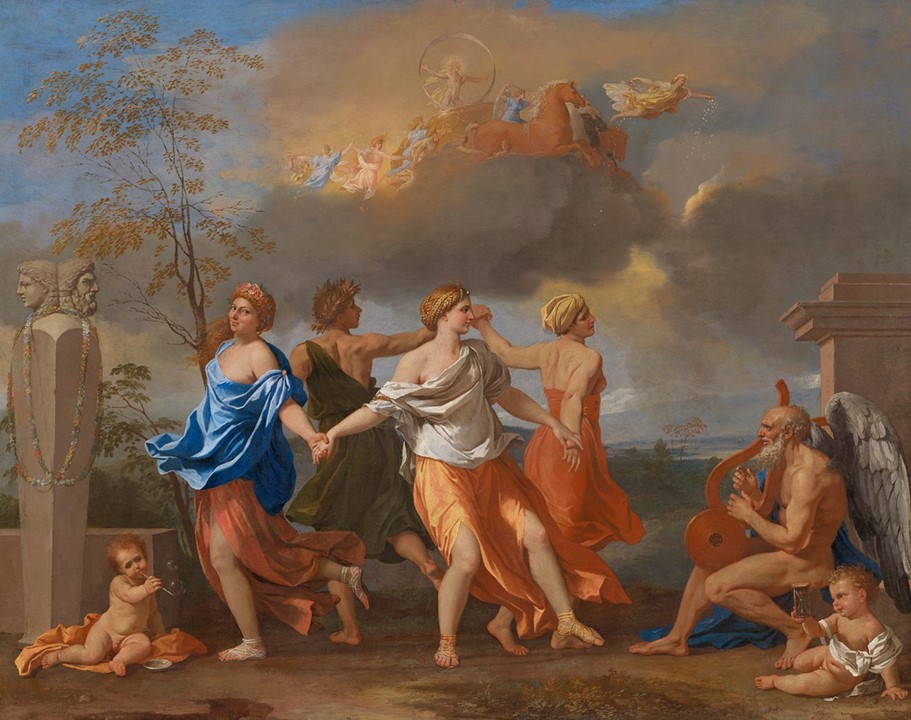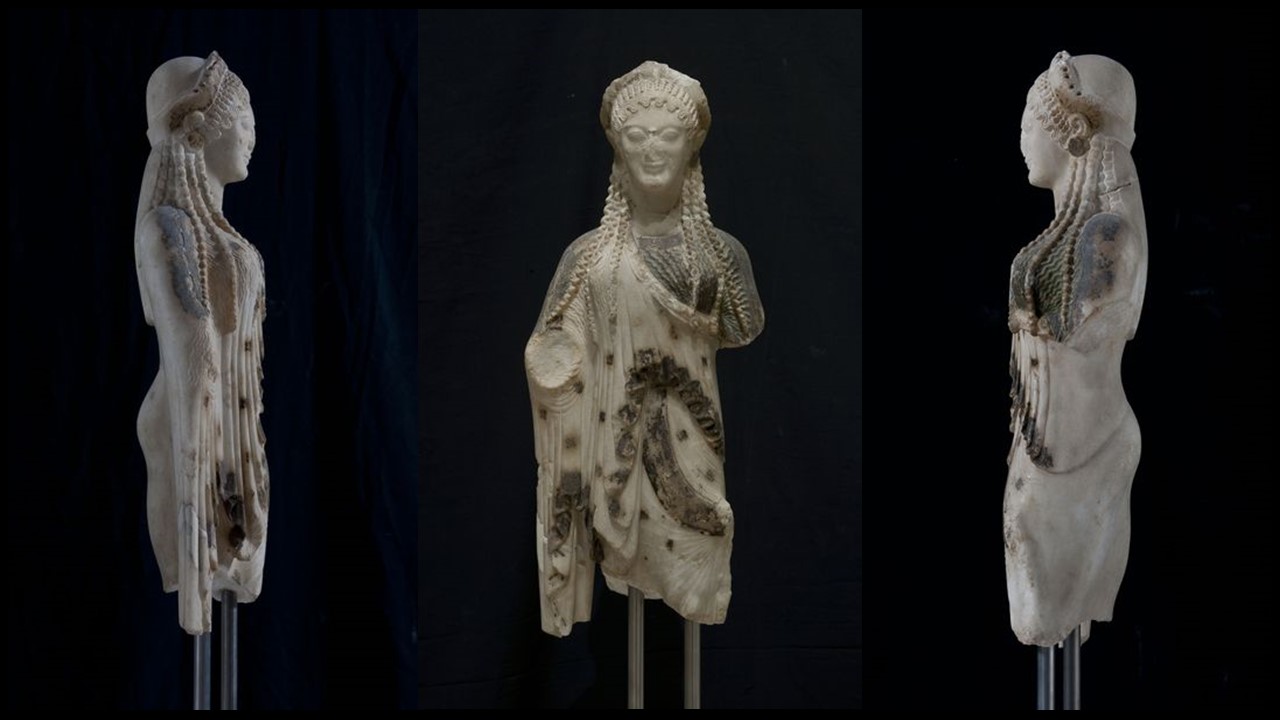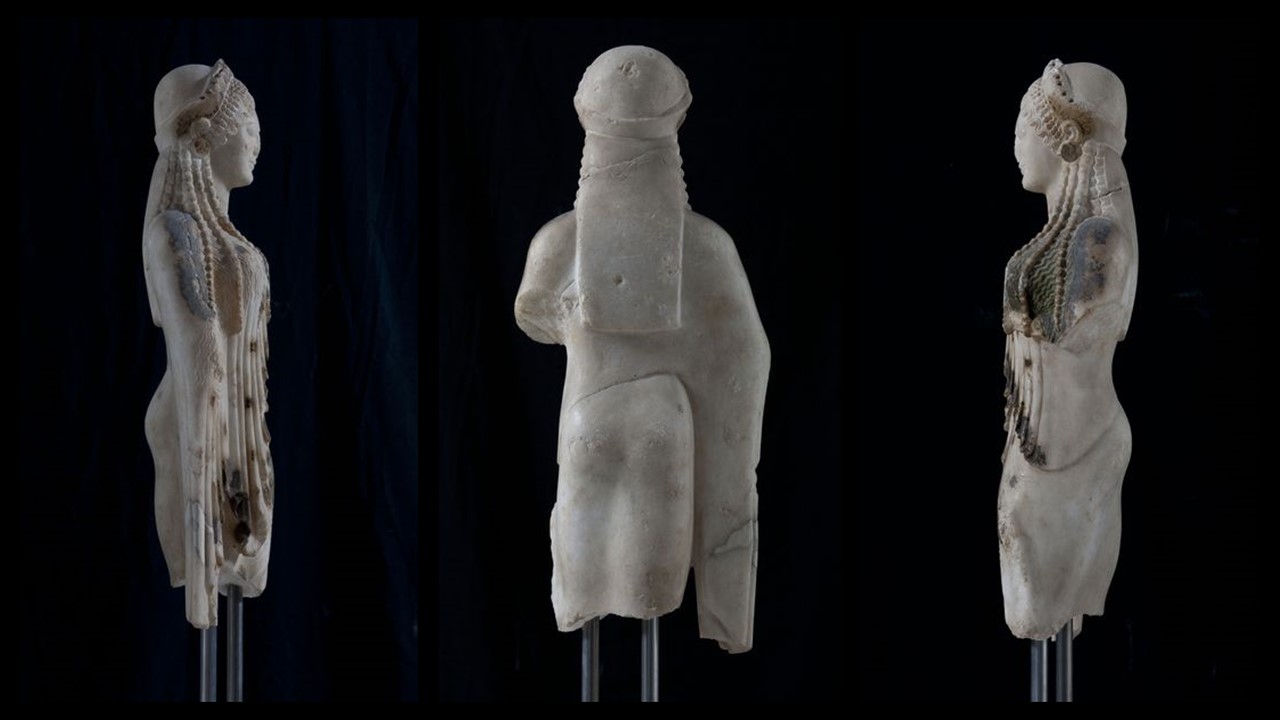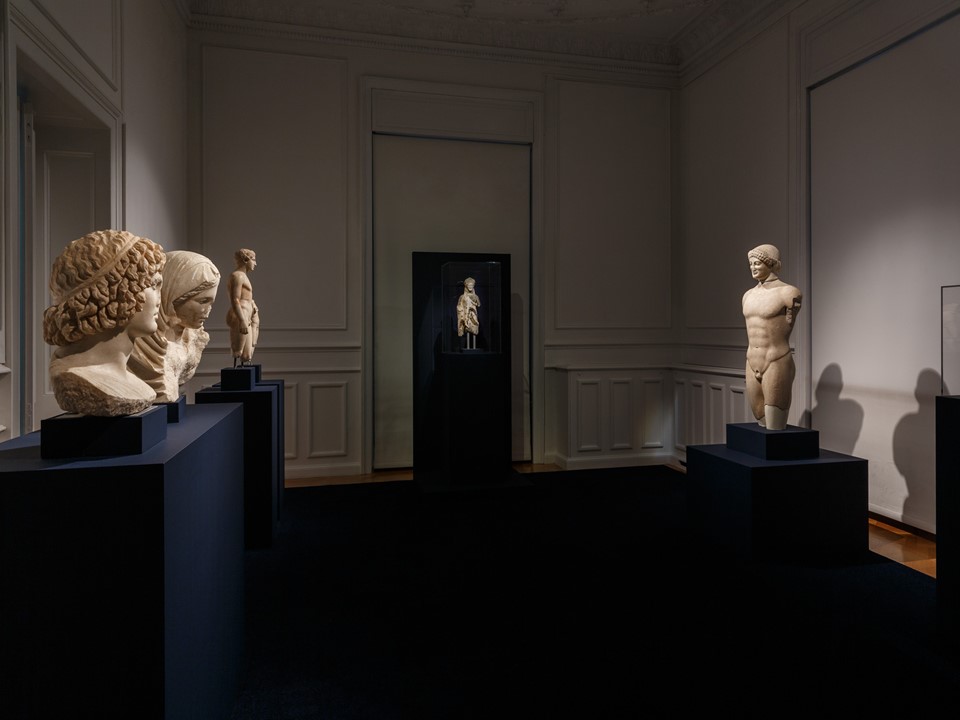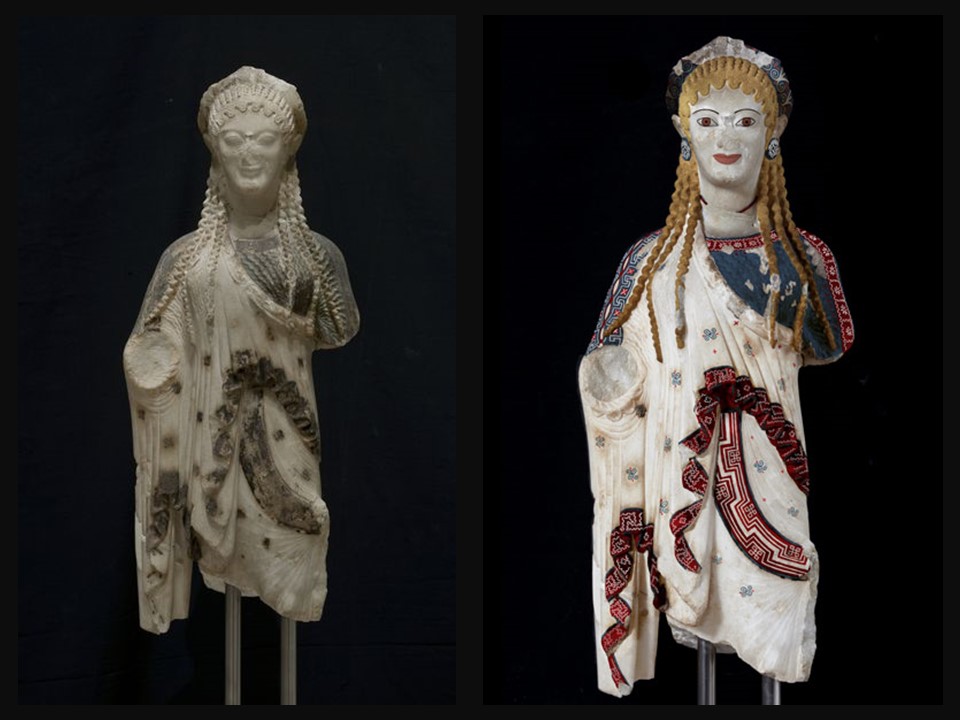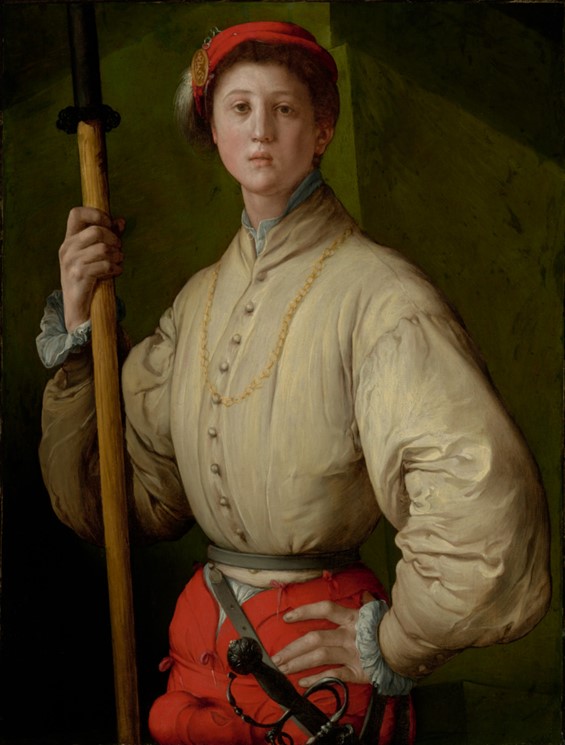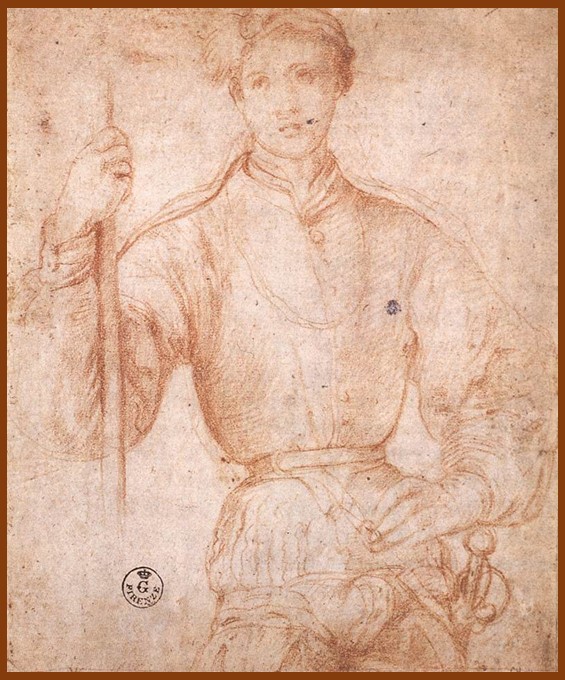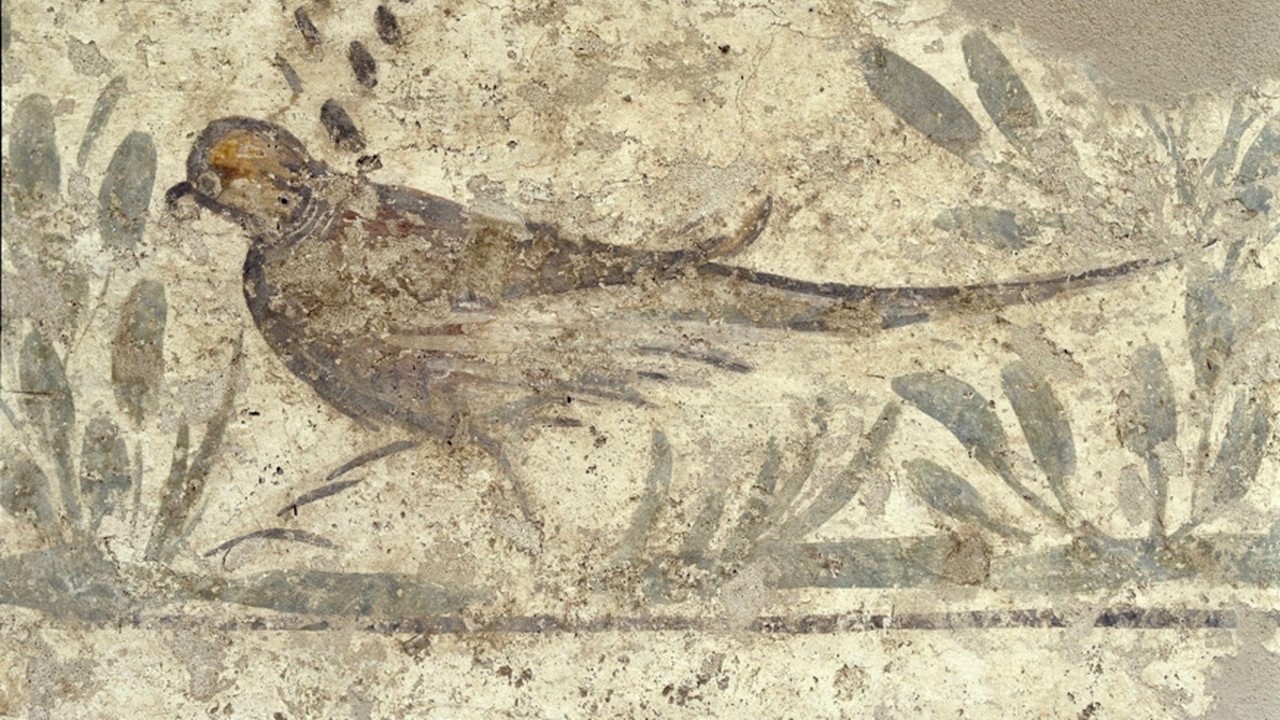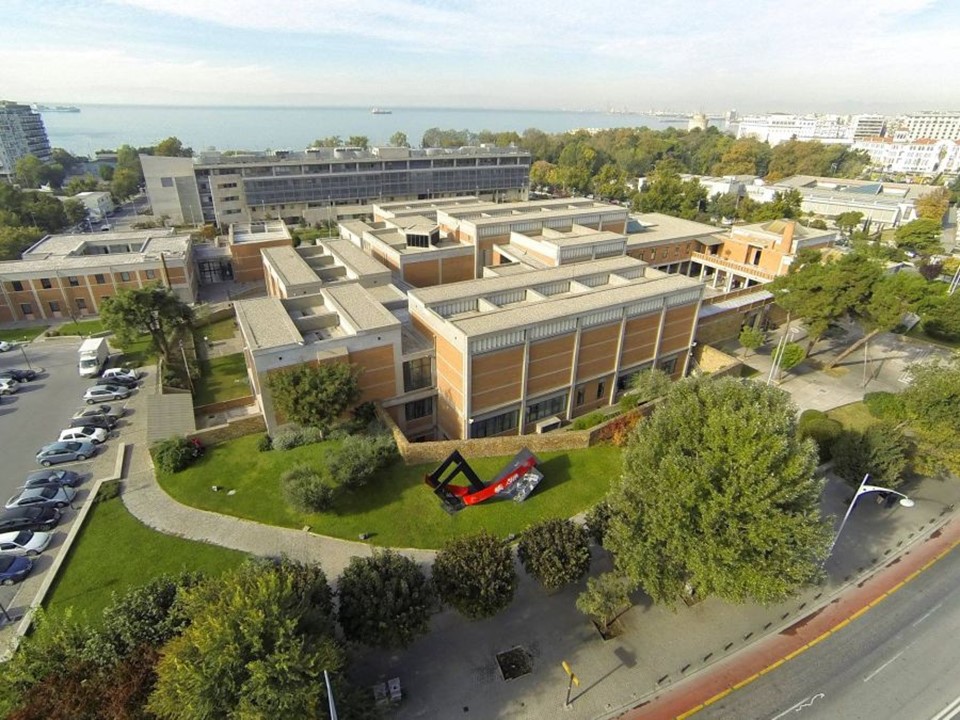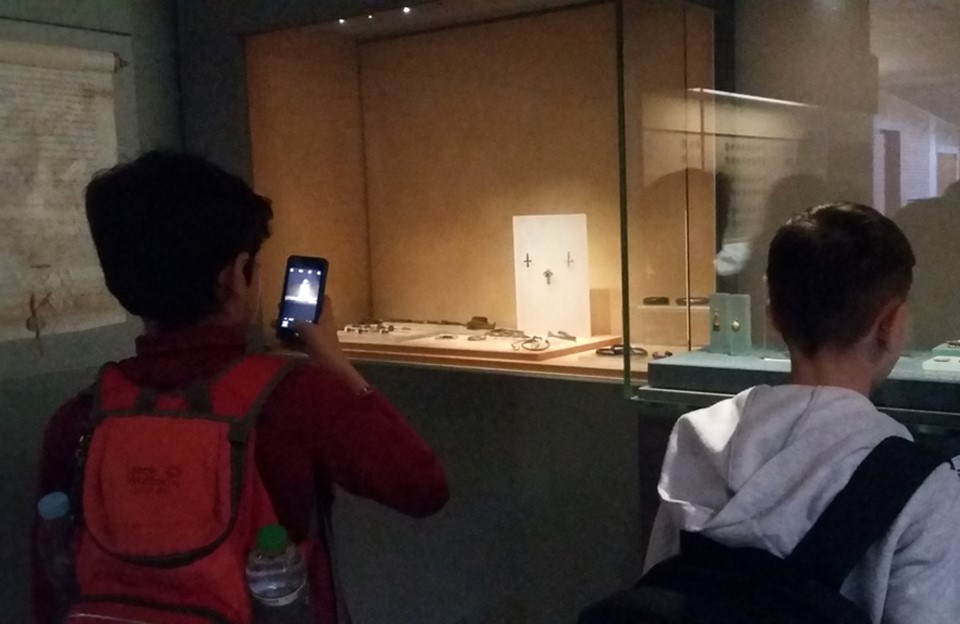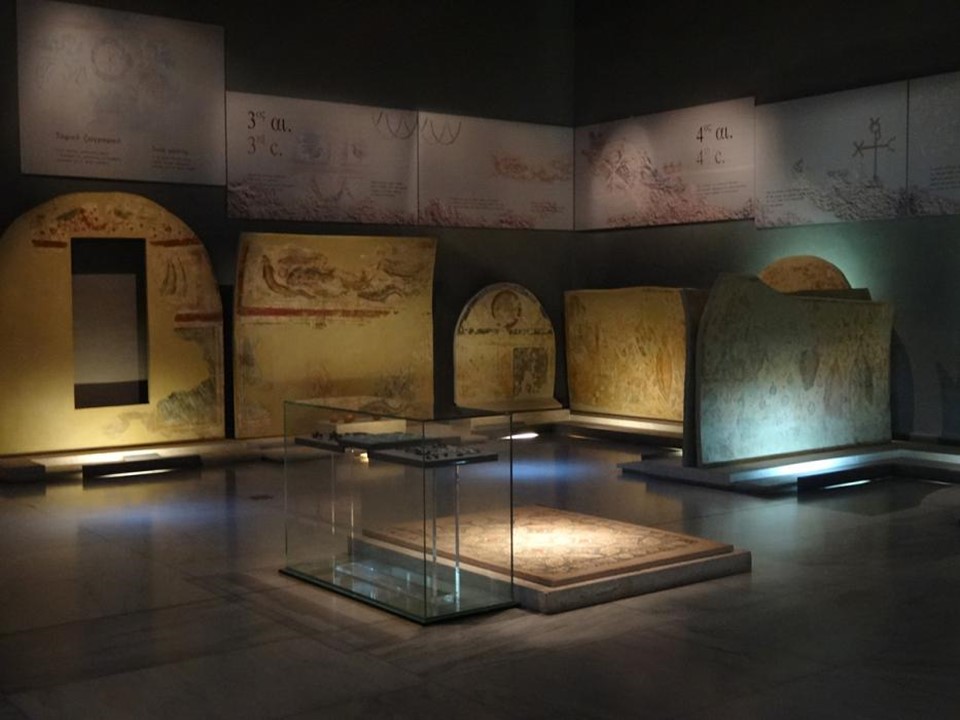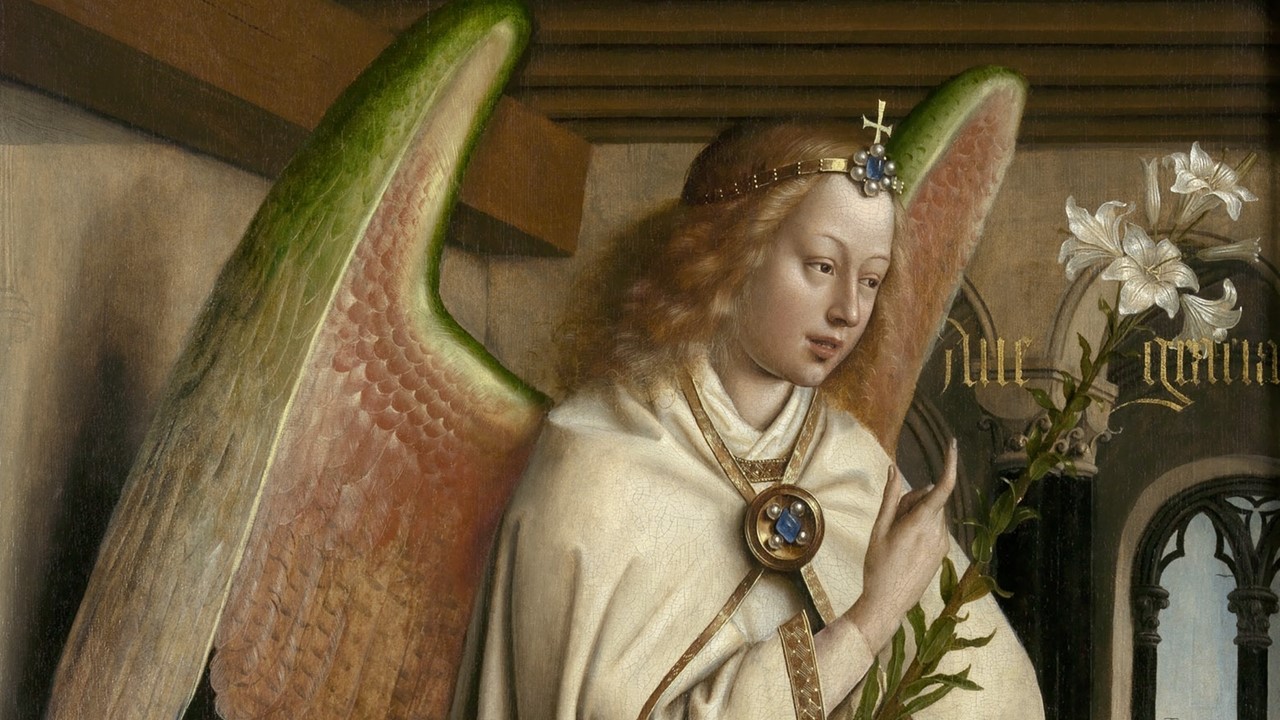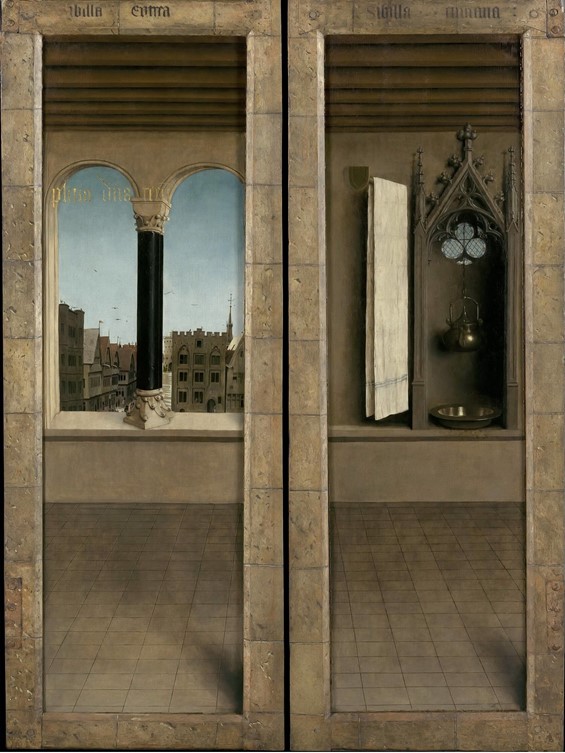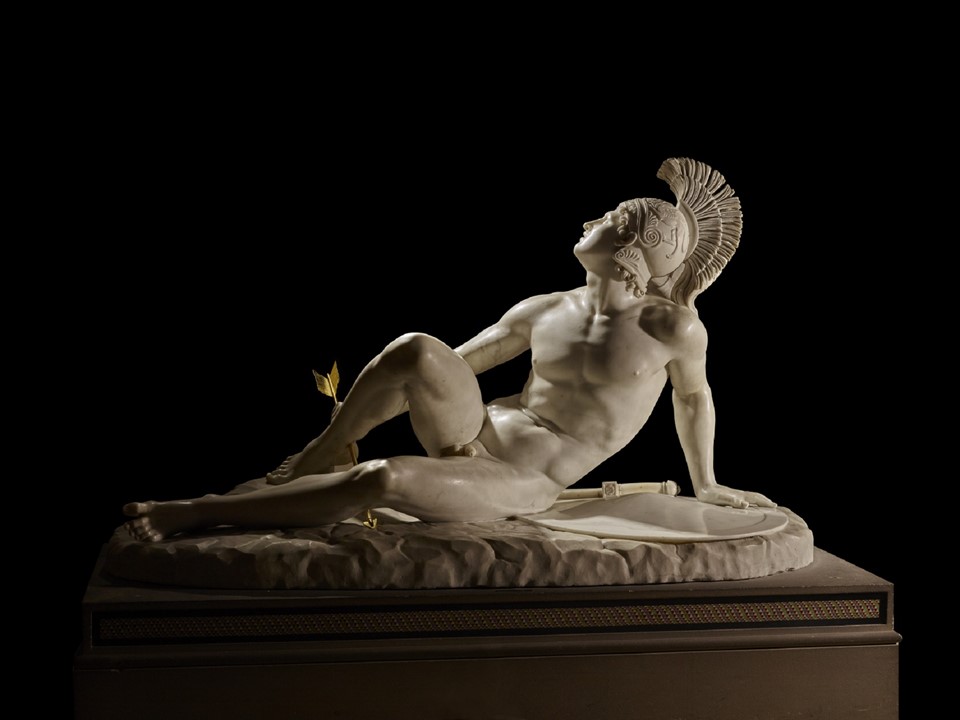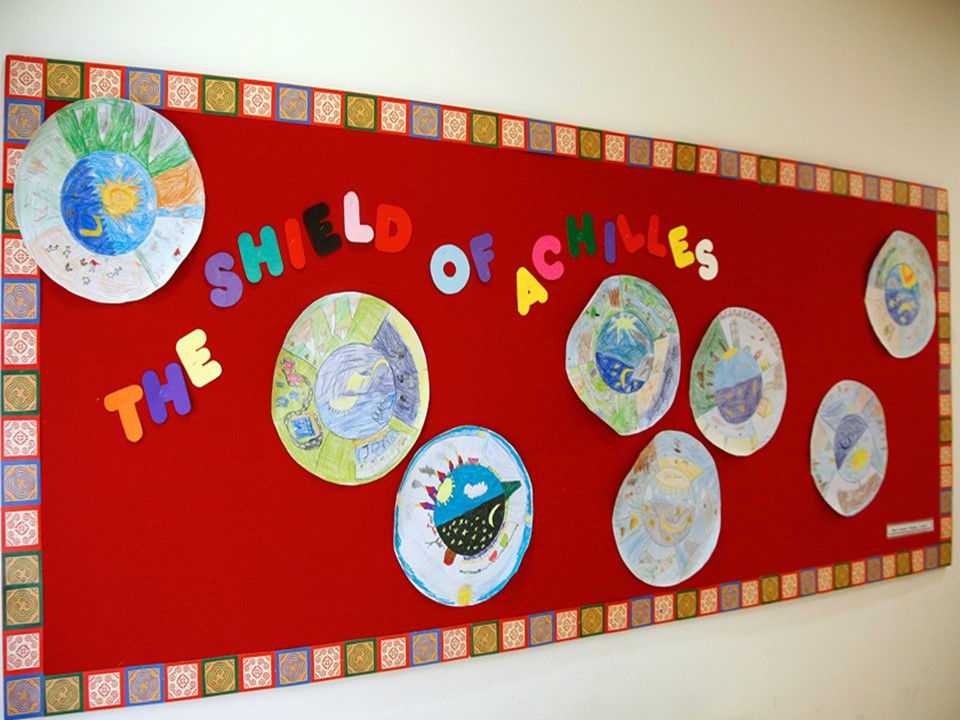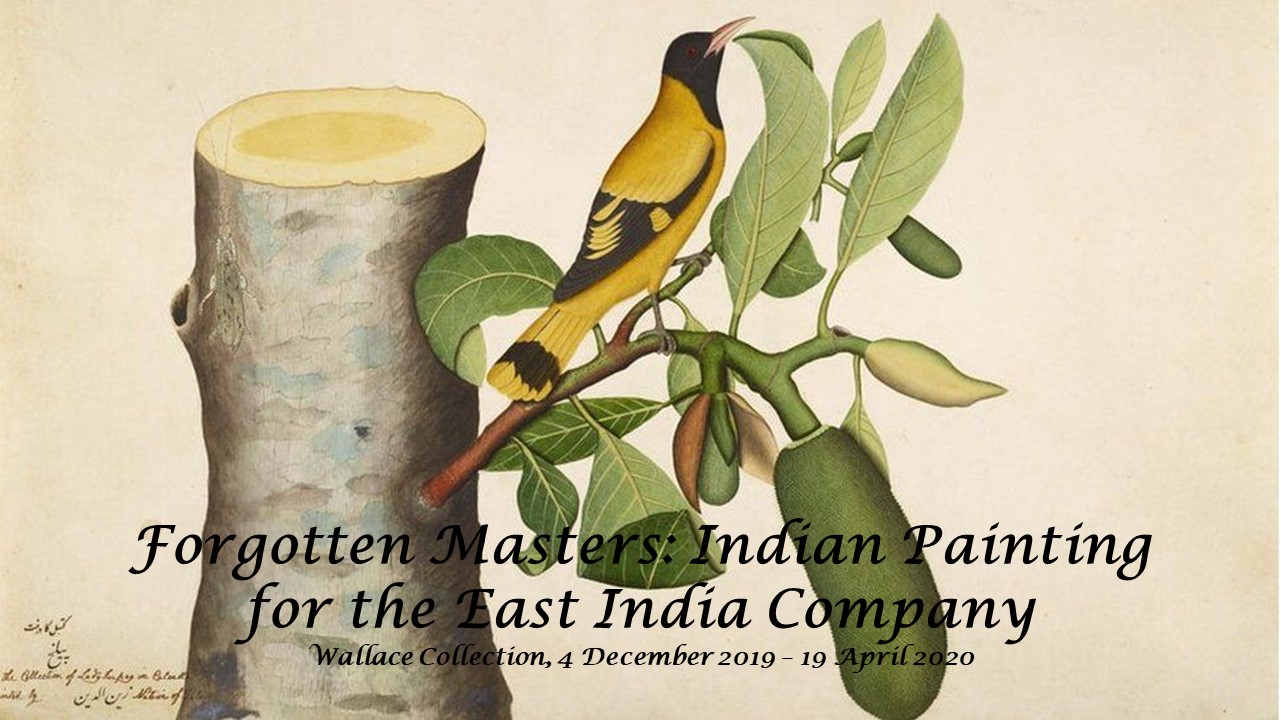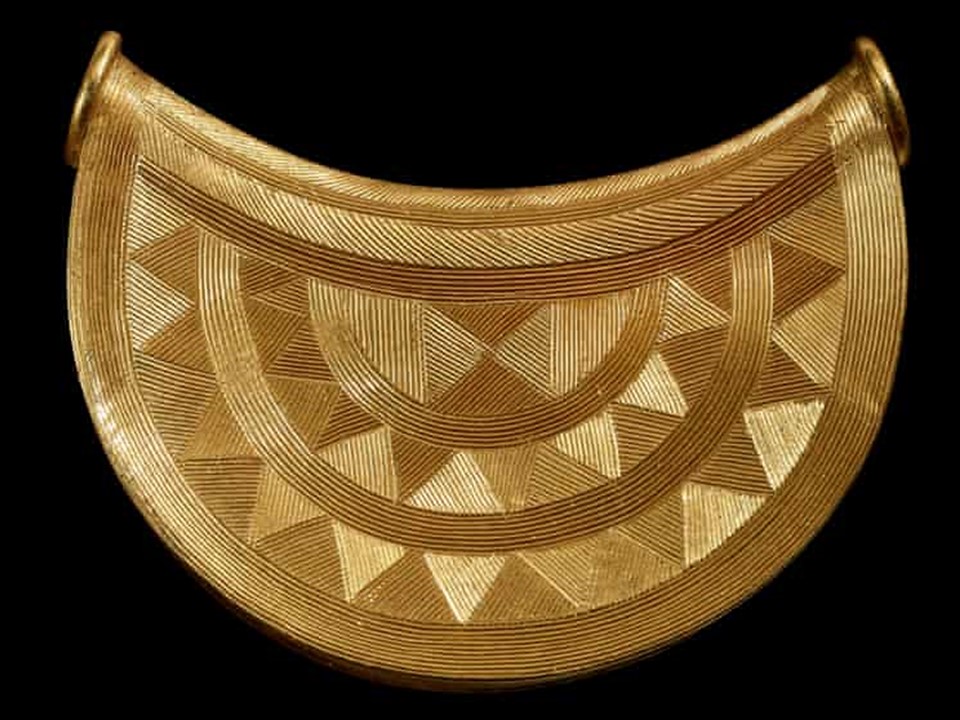
The Shropshire Gold “Sun” Bulla-Pendant, 1,000-800 BC, Gold, 3.6×4.7cm, British Museum, London, UK
Photo Credit: British Museum
https://www.theguardian.com/culture/2020/mar/04/british-museum-acquires-3000-year-old-shropshire-sun-pendant
Towering above the Wiltshire countryside, Stonehenge is perhaps the world’s most awe-inspiring ancient stone circle… write the British Museum experts introducing The World of Stonehenge an important Exhibition that will reveal the secrets of Stonehenge, shining a light on its purpose, cultural power, and the people that created it. The Exhibition (February 17 to July 17, 2022) follows, the British Museum experts continue, the story of Britain and Europe from 4000 to 1000 BC… a period of immense transformation and radical ideas that changed society forever. Visitors will be able to admire and learn from a variety of fascinating objects among them astonishing examples of early metalwork including the Nebra Sky Disc – the world’s oldest surviving map of the stars and the Shropshire Gold “Sun” Bulla-Pendant, I find particularly “beautiful.” https://www.britishmuseum.org/exhibitions/world-stonehenge
The Shropshire Gold “Sun” Bulla-Pendant is a breathtaking object! All we need do is imagine the impact this object would have had on the viewer worn in bright daylight, or in flickering firelight… It definitely would have seemed as if it was constantly moving. https://archaeology.co.uk/articles/features/the-shropshire-bulla-bronze-age-beauty-and-a-mystery-from-manchester.htm
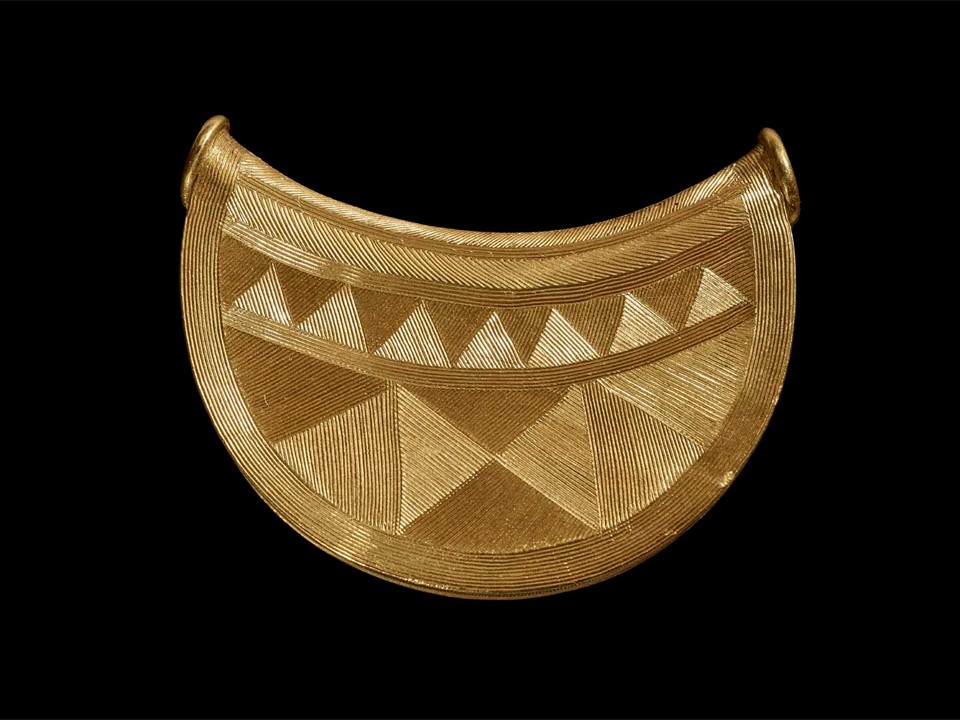
Photo Credit: British Museum
https://museumcrush.org/spectacular-bronze-age-sun-pendant-heads-to-shrewsbury-museum/
Buried for centuries in the Shropshire Marches, the breathtaking pendant was discovered in May 2018, by an anonymous metal detector (detectorist). It is interesting how the Shropshire Finds Liaison Officer Peter Reavill who had worked with the detectorist in question for 15 years, regularly recording his finds, describes the initial telephone he received, and how he knew that something out of the ordinary had happened when the detectorist was almost too excited to speak. Soon after the discovery, photographs followed, and Peter Reavill found himself looking at a D-shaped gold pendant incised with delicate geometric decorations. Interestingly, and following the UK Treasure Act 1995, the discovered pendant was brought to the British Museum and the coroner (who adjudicates in Treasure cases) found the Shropshire Gold “Sun” Pendant to be Treasure and the independent Treasure Valuation Committee recommended the £250,000 price tag. In the words of the British Museum Neil Wilkin, curator of Early Europe and The World of Stonehenge Exhibitions… The elegant form and brilliantly executed decoration of the sun pendant was accomplished with an ingenious skill. It tells us how important the sun – and its path through the sky during the course of the day and the year – was to people’s beliefs during this period.”https://archaeology.co.uk/articles/features/the-shropshire-bulla-bronze-age-beauty-and-a-mystery-from-manchester.htm and https://www.antiquestradegazette.com/news/2020/british-museum-buys-3000-year-old-bronze-age-gold-pendant/
Before visiting The World of Stonehenge Exhibitions, and if interested in the Shropshire Pendant… read, if you please, https://www.britishmuseum.org/collection/object/H_2020-8005-1 and https://www.britishmuseum.org/sites/default/files/2021-07/sun_pendant_press_release_updated.pdf
A short PowerPoint presentation can be accessed… HERE!
